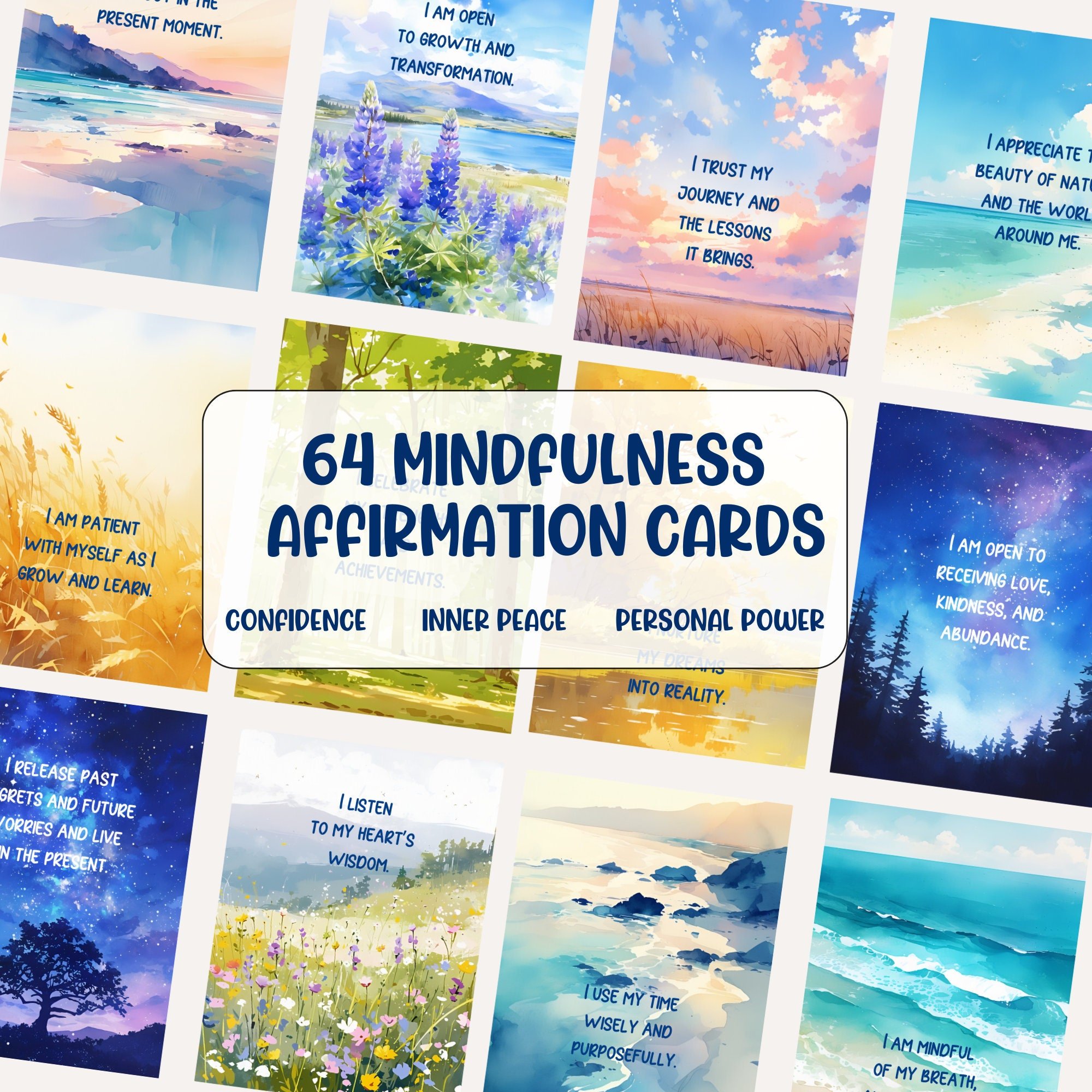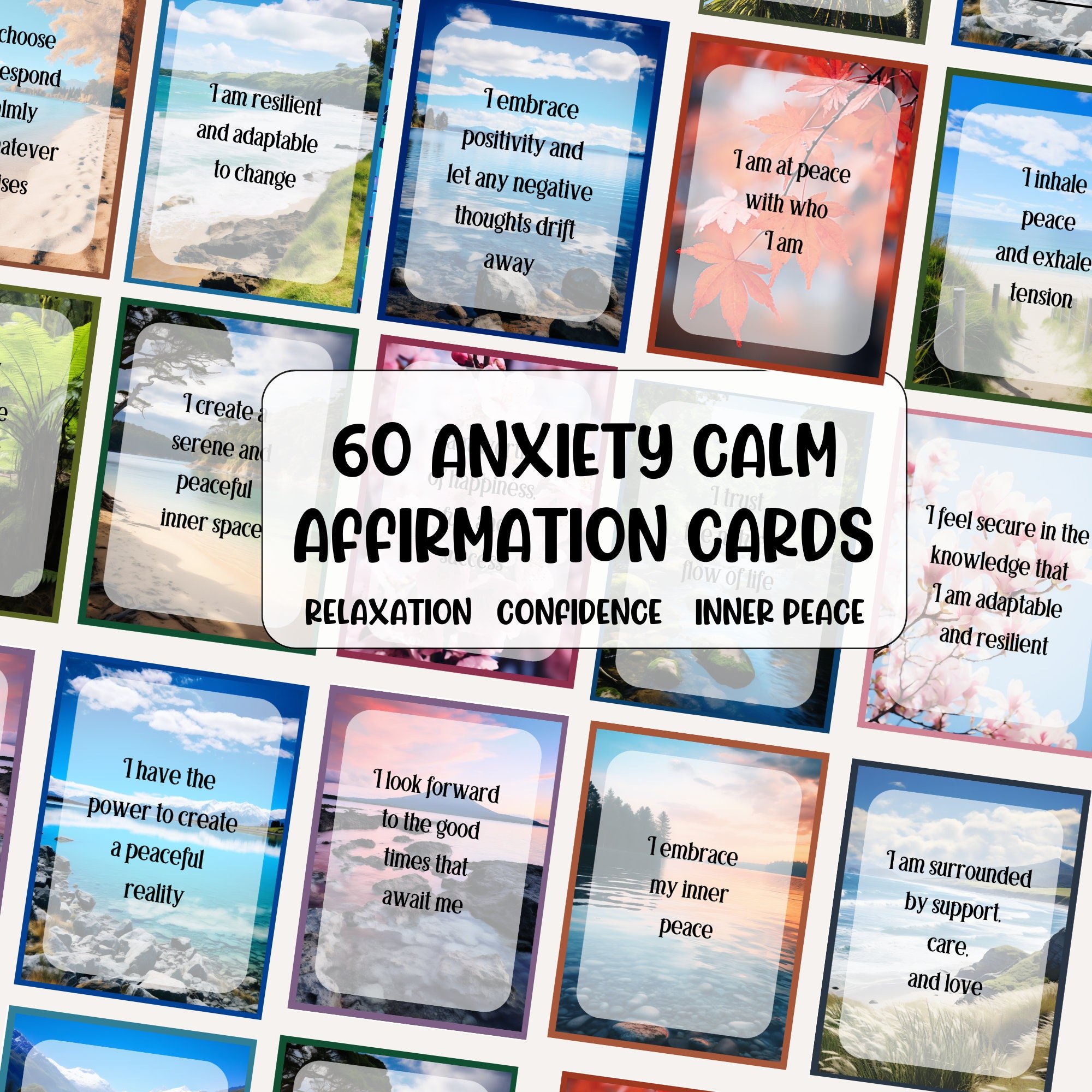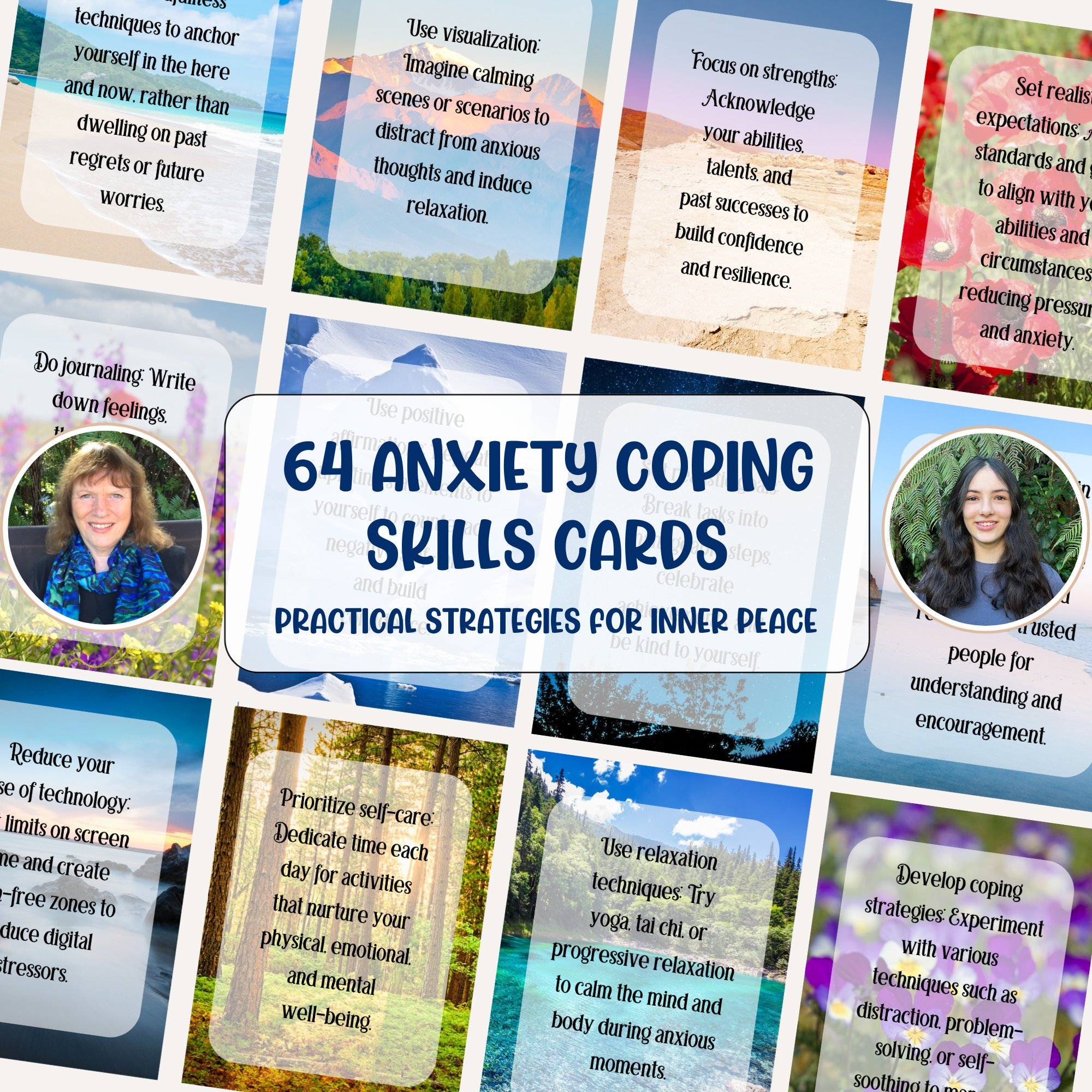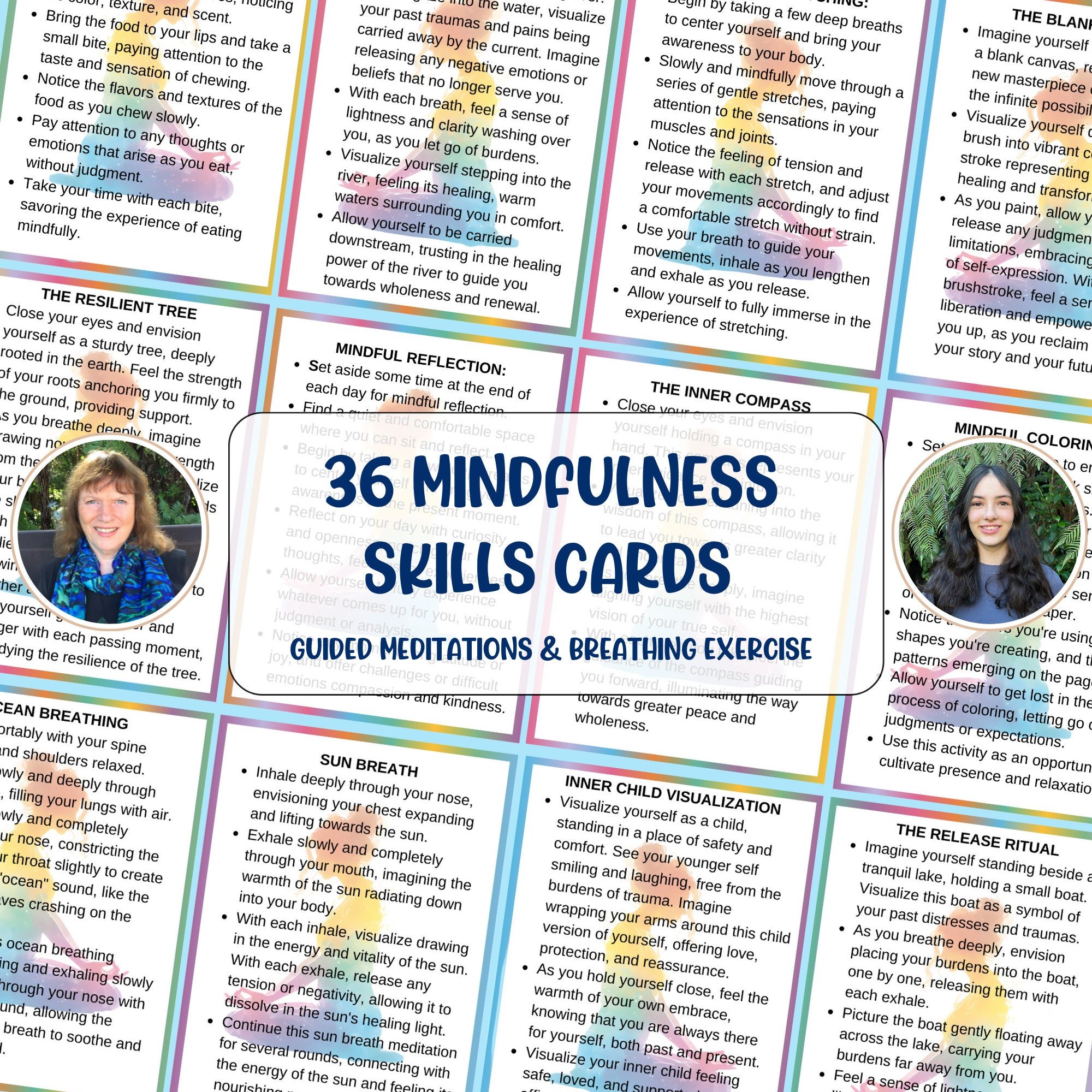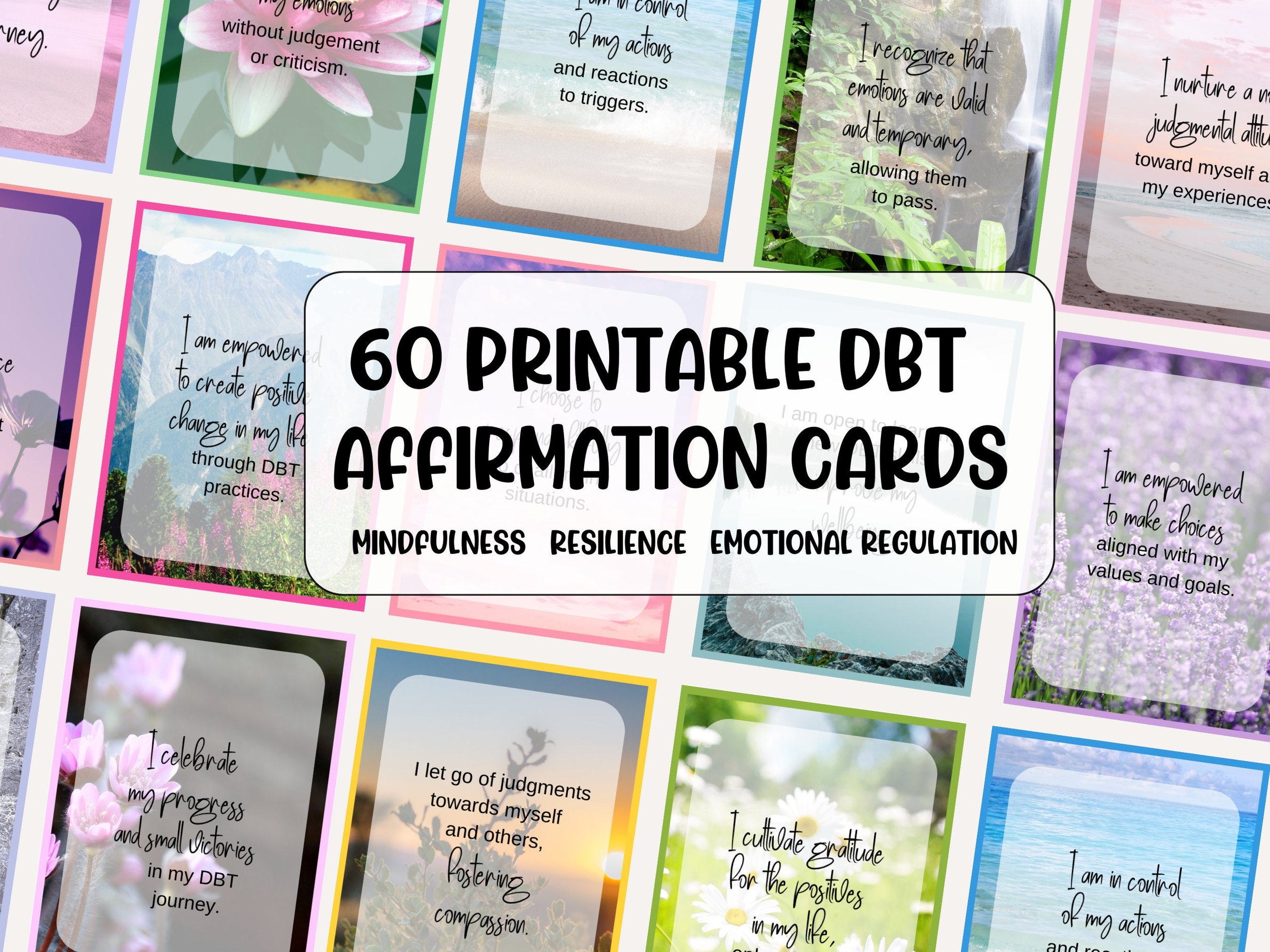From People-Pleasing to Peace: Building Relationships That Feel Mutual
If you’ve spent years over-giving, smoothing tension, or making yourself small to keep others happy, you’re not alone. Many of us learned early that love and safety were earned through compliance — that being “good” meant meeting everyone else’s needs before our own.
But people-pleasing isn’t peacekeeping. It’s self-abandonment disguised as kindness. And over time, it leads to resentment, exhaustion, and disconnection from who we truly are.
Healing this pattern isn’t about becoming selfish. It’s about learning to give from fullness, not fear.
Understanding the Roots of People-Pleasing
People-pleasing often begins as a survival response. In families or environments where love felt conditional or conflict was unsafe, we learned to read the room, anticipate needs, and stay agreeable. It was a way to stay connected — and for a child, connection equals survival.
As adults, though, this pattern keeps us trapped in cycles of anxiety and burnout. We may fear rejection if we say no. We may equate boundaries with guilt. And we may find ourselves in one-sided relationships that drain rather than nourish us.
Step One: Notice Where You Disappear
Start by gently observing when you shrink or silence yourself.
Do you say “yes” when your body feels a “no”?
Do you apologize for existing, for taking up space, for needing rest?
Do you feel responsible for others’ moods or reactions?
Awareness isn’t judgment — it’s the first act of compassion toward yourself. The goal isn’t to stop caring, but to notice where caring becomes costly.
Step Two: Reconnect With Your Needs
Your needs are not inconvenient; they’re part of your humanity.
Start each morning by checking in:
What do I need today — emotionally, physically, and energetically?
Practice honoring small needs first: a few quiet minutes alone, a nourishing meal, saying “I need a pause.” Each small act of self-validation builds internal trust — the foundation of all healthy relationships.
Step Three: Redefine Kindness
Kindness rooted in fear depletes you.
Kindness rooted in wholeness uplifts everyone.
Before you give, pause to ask:
Am I giving from guilt, or from genuine care?
Is this coming from obligation, or from overflow?
Real kindness has boundaries. It allows both people to be real, not perfect.
Step Four: Build Relationships That Feel Mutual
Mutual connection is reciprocal. It feels like exhale.
You both give, both receive, both repair when needed.
If you’ve only known unbalanced dynamics, this may feel unfamiliar at first. But as you regulate your nervous system and build self-trust, you’ll find peace in relationships where you can simply be — not perform.
It might mean having harder conversations. It might mean saying “no” more often. It might even mean losing some connections that were built on you always being available.
But what you’ll gain is deeper — authenticity, energy, and a quiet sense of safety inside yourself.
Step Five: Practice Self-Compassion as You Unlearn
Breaking the people-pleasing pattern isn’t quick work. It’s layered, emotional, and sometimes lonely.
Be gentle with yourself in the process. Your nervous system is learning that conflict isn’t danger, that your needs are valid, and that peace doesn’t require perfection.
Use tools that support this rewiring:
Self-Regulation Strategy Cards — to calm your body when guilt or anxiety arises after saying “no.”
Mindfulness Writing Prompts — to reflect on your boundaries and emotional needs with curiosity, not criticism.
Confidence Affirmation Cards — to build the inner voice that reminds you: “My worth isn’t dependent on being needed.”
You can still be kind. You can still be giving. You can still care deeply — but now from a place of self-respect and grounded love.
Final Reflection
Peace doesn’t come from pleasing everyone.
It comes from coming home to yourself.
From recognizing that mutual relationships aren’t about earning belonging — they’re about sharing it.
When you begin giving from fullness instead of fear, you stop leaking energy and start living authentically.
That’s where real peace begins.



